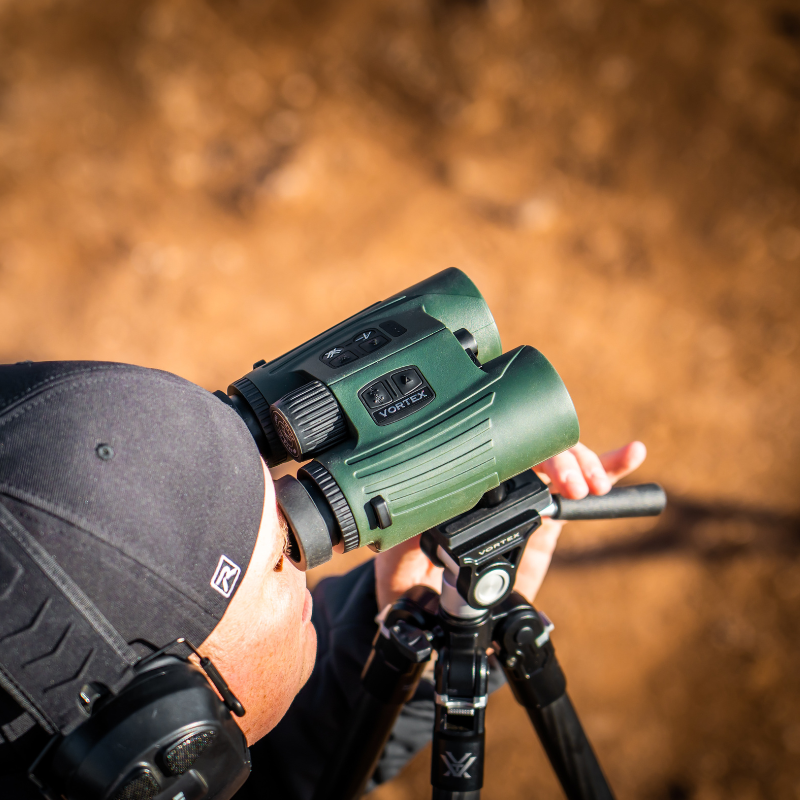Bakcou Mule
- In stock, ready to ship
- Backordered, shipping soon
This beast is built to pack like a mule with the suspension and gearing to get you there fast. On a quick trail ride or a week in the backcountry, the Mule fat tire electric bike can handle anything you throw at it.
The Mule was designed and engineered around the unparalleled power and performance of Bafangs ULTRA mid-drive motor. The Ultra motor is widely recognized as the “diesel engine” of fat tire electric bike mid-drive motors! In addition, the Ultra motor has all metal, heavy-duty gearing, combined with the intelligence of an integrated torque sensor. As a result, the Ultra motor is the most capable, durable, and efficient motor on the planet.
The Ultra motor is also referred to as a “smart motor.” The speed, cadence, shift, brake, and torque sensors provide continuous feedback from the rider to the motor. Because of these sensors, the motor can deliver exactly what you ask. What you get, is a very natural feeling ride, even while providing a tremendous amount of torque and power output.
Test ride one today and experience why the Bakcou Mule has been the #1 selling fat-tire electric bike on the market for 3 years. See for yourself why this hardtail eBike is in a class of its own!
*This product ships directly from the manufacturer. Estimated shipping times vary, but we will do our best to ensure your order is processed and shipped quickly. We send tracking information as soon as it is made available to us. If you have any questions, please contact us.
Specifications
- Motor: Bafang G620 Ultra This smart torque sensing motor, powered by Bafang, is capable of falling under all 3 Classifications of ebike laws. Toggle between 750 watts, and 1,000 continuous watts with a max power output of 1,500 watts.
- Battery: Extended Distance 48v 17.5ah, or 21ah lithium-ion
- Range: See "eBike Range, Explained" below
- Performance: 160NM of Torque / 1500 Peak Wattage Output
- Display: Bafang DP C18.UART Full Color LCD
- Brakes: Powerful Tektro HD E750 Quad Piston Hydraulic, 203mm Front & 180mm Rear rotor
- Suspension: BCEB GT MRK 100mm AIR Fork
- Frame: High Grade Aluminum Alloy 6061
- Size: Mule, 18” (Stand Over Height: 29.5”)
- Throttle: Left Thumb
- Wheels: 150mm Thru Axle Front Hub/ Rear Hub 3/8x 26 tpi 190mm
- Tires: Unparalleled Traction and Control Maxxis Minion 26” X 4.0
- Gearing: Shimano Alivio Hill-Climbing 9 speed, 40t Front 11x36t cassette
- Top Speed: 35+ mph
- Steering: Wide 740mm Handlebars for Greater Stability
- Load Capacity: 300 lbs
- Locking Ergonomic Handlebar Grips
- Shock Absorbing Suspension Seat Post
- Front & Side Rear Derailleur Guards
- Saddle: SR Sport Saddle
- Aggressive Skid-Proof Wide Stance Pedals
- Weight: 67 lbs without battery. 14.5Ah= 9Lbs 6oz 25Ah= 12lbs2oz
Consultant Insights
Product Videos
eBike Range, Explained
Factors Influencing Electric Bike Range
The range of your electric bike refers to the distance you can ride on a single charge. Assessing the range of an electric bike can be difficult, as it varies from person to person. All electric bikes are advertised as having a particular range, but these advertised ranges are usually inaccurate and some can be quite exaggerated. In extreme cases, advertised ranges could even be four times higher than the realistic range. It's nearly impossible for electric bike range claims to be completely accurate because so many factors depend on the individual rider and the riding conditions.
Factors to consider when estimating range include:
- How much the rider weighs
- The level of pedal-assist the rider chooses
- The riding terrain
- Amount of luggage being towed
- Speed of the ride — a 1/3 faster speed will result in 1/2 the range
- How many times the bike is stopped and started — hill starts, in particular, will drain power
- Wind conditions
- Temperature — on a warm, sunny day, a battery will get about 15% more range than a battery on a cold, winter day
- Tire pressure — just like in traditional bikes, soft tires will be less efficient and will result in less distance for power expended
- The size and age of the battery
- Motor size — while bigger motors are more fun, they will drain more battery power
- Speed
How to Determine Electric Bike Range
While most people want to have the most powerful bike motor they can afford, it's important to note that motor power only impacts how fast you can pull off and how well you can get up hills. Motor power does not necessarily impact how far you can go. When it comes to electric bike range, the most important variable to consider is the battery capacity.
Battery capacity is usually measured in Watt-hours (Wh), where Watt-hours= amp-hours x volts. The Watt-hours calculation is important because it determines the range of your electric bike, or how far you can go.
Example:
1. Bike A has a 24V - 20Ah battery: 24V x 20Ah = 480Wh
2. Bike B has a 48V - 10Ah battery: 48V x10Ah = 480Wh
3. Bike C has a 24V - 6Ah battery: 24V x 6Ah = 144Wh
Bikes A and B have a similar amount of energy. If Bike A and Bike B have equal motors and riders, they will perform in a very similar fashion. The bike with the higher voltage battery will accelerate faster and climb better — but that will be at the expense of some of that energy. On the other hand, Bike C will not take you nearly as far.
Simply put, if you want an eBike that accelerates fast, climbs well, and can travel long distances on a single charge, then you should purchase one with a battery that has high voltage and high amp-hours. A battery with high voltage and low amp-hours will shorten the distance you can travel on a single charge.
It's important to also consider the issue of range with regard to the type of motor you are buying. For example, there is a good argument that mid-drive motors get a better range than hub drive motors because they work synergistically with the gears.
NOTE: When you are looking at adverts for electric bikes, you may find some advertisements where the battery capacity is simply stated in amp-hours. This is an insufficient way to advertise range, as it does not include the voltage and does not accurately reflect the true energy capacity of the battery. If a bike is advertised with a 36V battery and a capacity of 9 amp-hours, then the true capacity of the battery is 324 watt-hours (9x36=324).

































